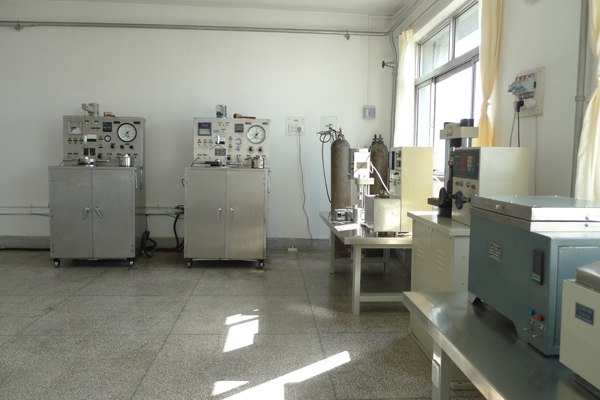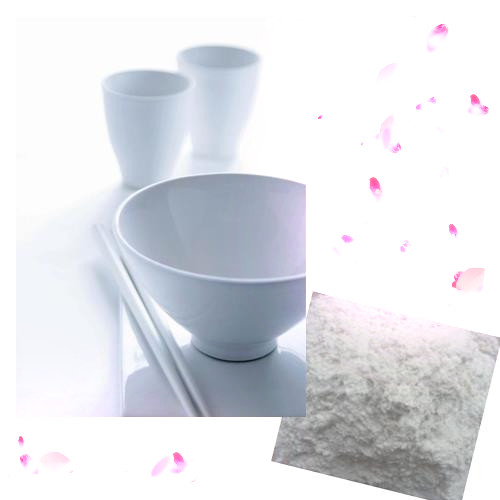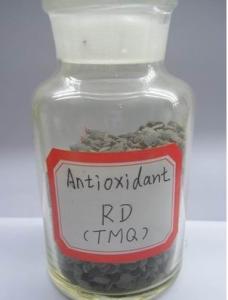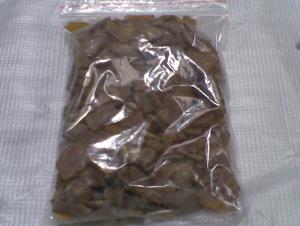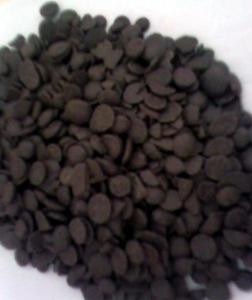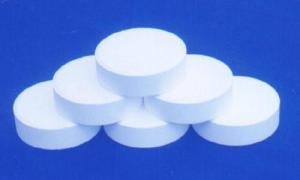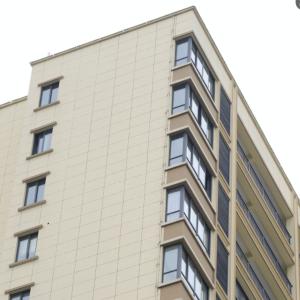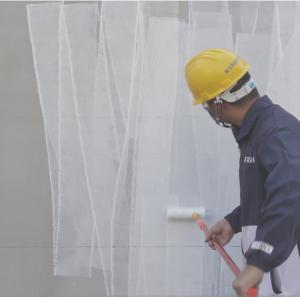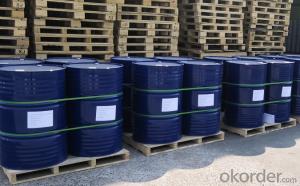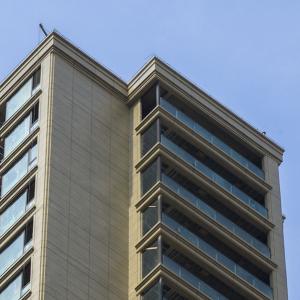Specifications
1)CMC ceramic grade
2)CMC - HV, CMC - LV
3) free flowing off white powder
CMC Ceramic Grade Carboxymethyl cellulose
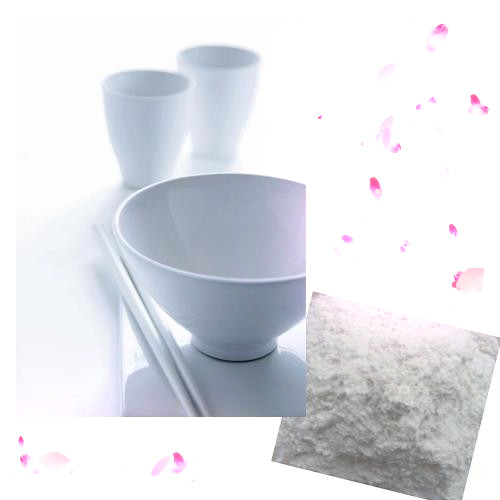
Description:
CMC for ceramics features uniform distribution of substituents (carboxymethyl group) on the cellulose backbone. It produces fewer gel granules in glaze formulation.
Specifications:
Type Item | YG1901 | YG2802 | YG3702 | YG3703 | YG4604 | YG5501 | YG8201 | YG9102 |
Viscosity(cps) | 100-800 | 800-1500 | 1500-2500 | >2500 | 400-1500 | 1500-2500 | 400-1000 | >200 |
Degree of Substitution | ≥0.9 | ≥0.9 | ≥0.8 | ≥0.7 | ≥0.9 | ≥0.9 | ≥0.7 | ≥0.6 |
Purity (dry basis) | ≥95% | ≥95% | ≥95% | ≥95% | ≥95% | ≥95% | ≥80% | ≥60% |
Moisture % | ≤10 | ≤10 | ≤10 | ≤10 | ≤10 | ≤10 | ≤10 | ≤10 |
PH | 6.0-8.5 | 6.0-8.5 | 6.0-8.5 | 6.0-8.5 | 6.0-8.5 | 6.0-8.5 | 6.0-8.5 | 6.0-10.0 |
Application Field:
1. It contains no colored impurity and is 100% combustible under firing condition, to ensure clean ceramic glaze.
2. It can stabilize physical and chemical property of glaze formulation.
3. It can improve glaze adhesion and reduce glaze cracking.
4. It facilitates formation of a smooth dense glaze layer.
5. It can improve the rheological property of glaze formulation.
6. The glaze viscosity is proportional to the concentration of CMC added
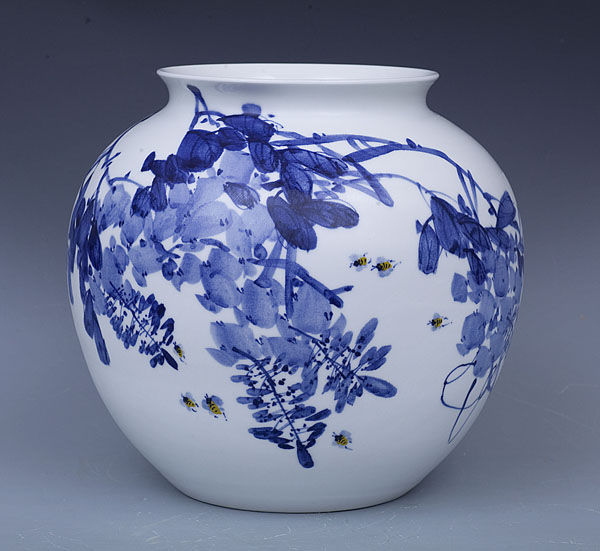
Package and Storage:
1. The solid product can be packed in inner plastic bags, and further in polypropylene woven bags with each bag containing 25Kg.
2. The solid product should be prevented from scattering on the ground because the hygroscopic powder can cause slipperiness.
